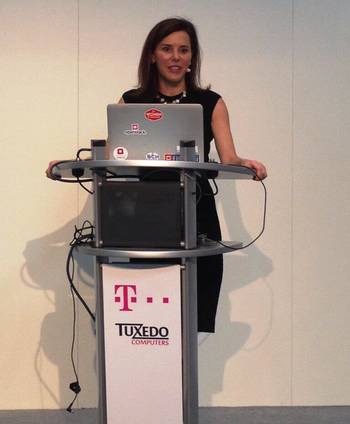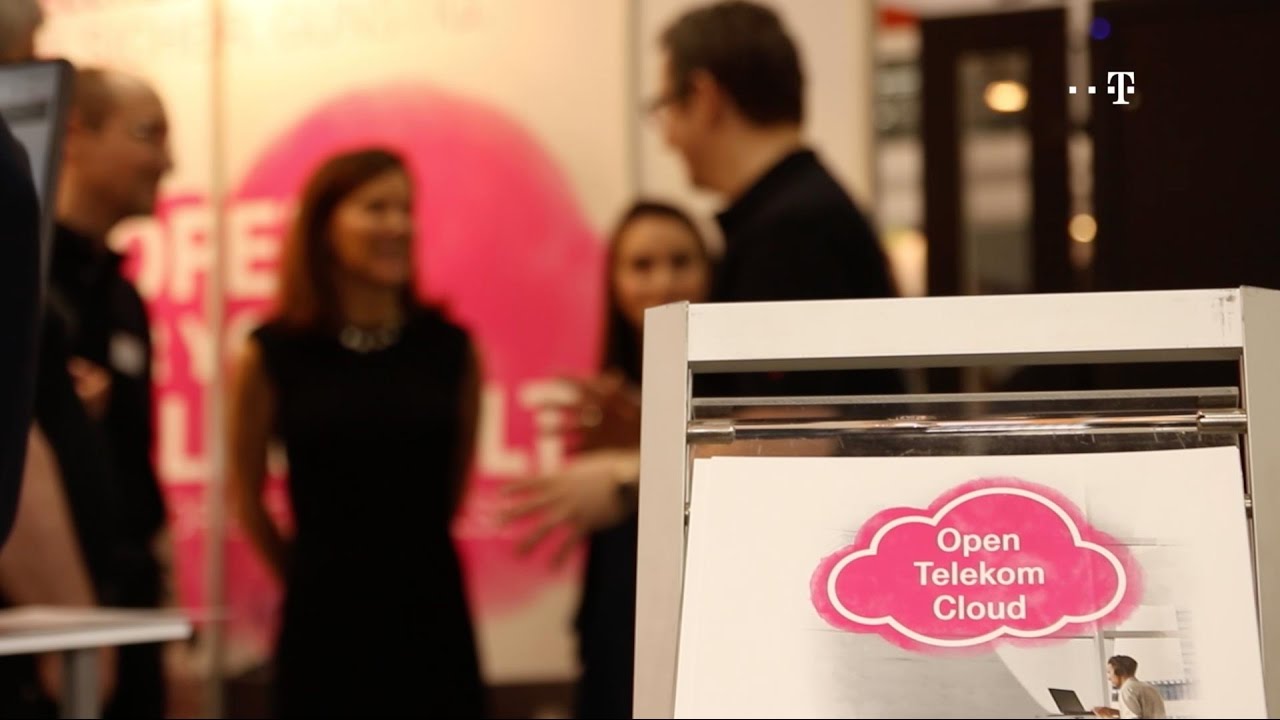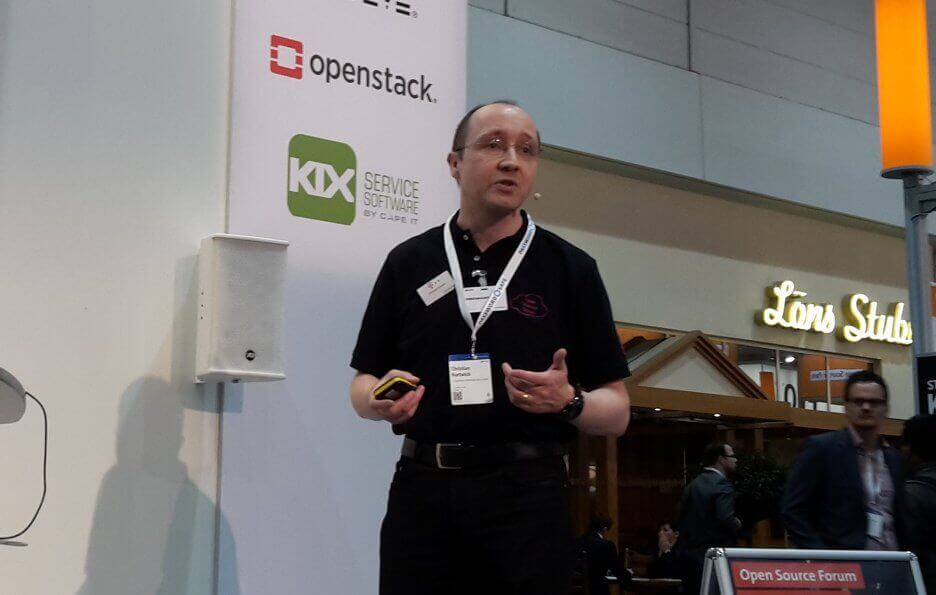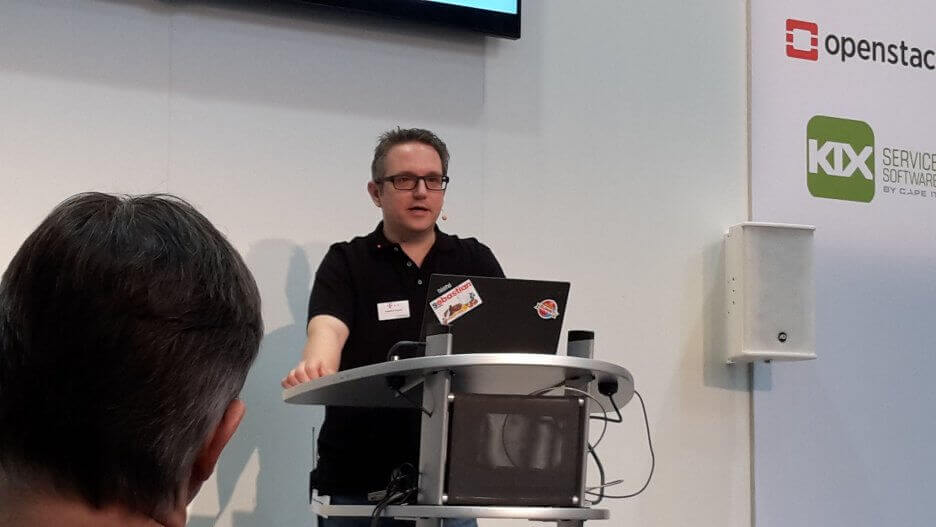OpenStack is the best solution for public clouds – this was the conclusion drawn after OpenStack Day on 21 March by all the experts involved. As a highlight of the Open Source Forum at the CeBIT 2017, Deutsche Telekom gave numerous specialist presentations all about the open cloud operating system.
„When we launched OpenStack a few years ago, it was all still very complicated and it took a long time for companies to see added value for themselves“ – Heidi Bretz, Director Business Development, OpenStack Foundation."



